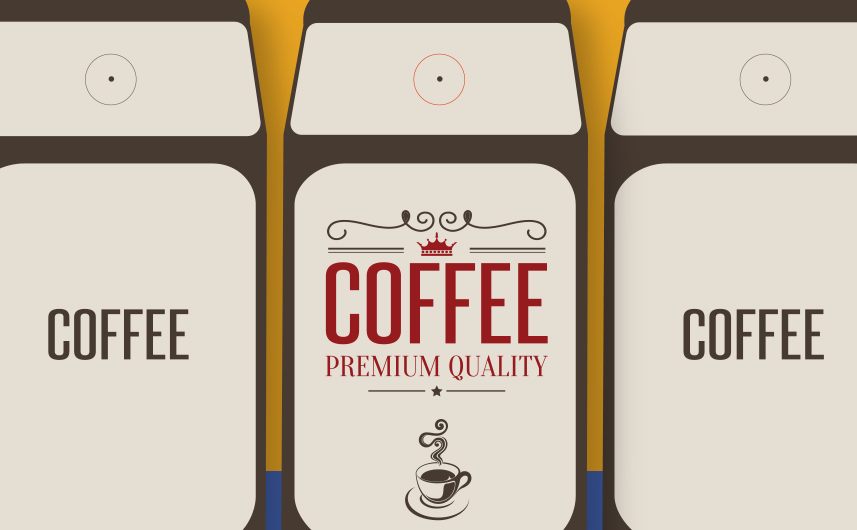Changing Your Logo: What Works?
Changing Your Logo: What Works?

A Logo Redesign and A Flood of Reactions
The introduction of a logo redesign is controversial. Look back to some of the most talked about rebrands of the past years. When Instagram released it’s new logo, everyone had an opinion. Similarly, Uber’s new brand identity created endless buzz, attention, and debate. When Tropicana abandoned their old, trusted look, sales plunged 20% in one month.
Sometimes, it seems like a lose-lose situation. Consider one of the most recent, buzzing rebrands in the news: MasterCard. On one hand, MasterCard’s new logo has been commended for keeping a low profile. At the same time, some think they played it too safe, didn’t push the envelope enough, and that the design lacks overall inspiration. Expectations are high, and it’s nearly impossible to please everyone.
Finding Balance
Finding the right balance between old and new, safe and progressive, too far and not far enough is a challenge. Brands have to figure out what to hold onto, what to build of off, and what is simply holding them back. And change is hard for people to accept, especially at first. Customers get used to a certain look and feel of a brand and when that becomes different or evolves, people question if it’s the same brand. Can they still trust it? Will it evoke the same emotions? Does the brand experience come through?
However, the fact is that brands need to evolve in order to survive. Initial reactions are only part of the story. The real question is how a logo can help move a brand forward and position it to thrive. If brands fail to evolve with changing markets, shifting consumer needs, and evolving digital landscapes, they will not be able to compete. Eventually they’ll fade out and fall off the map altogether. So what works?
In order to evolve your logo successfully, you need to:
1. Gain a deep understanding of your brand.
The steps you take before designing are often just as important as the design phase itself. And in order to create a logo that evolves alongside the people who matter to your brand, you need a deep and complete understanding of your target audiences. This requires research and thoughtful questioning. It’s essential to understand your brand’s levels of equity, recognition, and differentiation within the market. In order to know where your design should go, you need to understand where you currently stand – why you matter and to who.
2. Use strategy as a pillar and guide.
Redesigning a logo doesn’t happen in a silo. The logo is only a part of a greater visual identity that is informed by an overall brand and business strategy. At Emotive Brand, we firmly believe that design must be informed by strategy in order to create maximum impact. A redesign can’t happen just for the sake of wanting a new logo. It has to stem from a larger strategic vision. Shifting the visual identity to reflect that vision, bring the brand promise to life, and steer the brand towards your envisioned future is what makes a new logo powerful and valuable.
3. Design dynamically for the future.
Logos that are not designed for the future simply cannot compete. In the ever-evolving digital landscape of today, brands need to be dynamic. This means logos need to be flexible and able to adapt with shifting markets and customer needs. Stagnant, un-dynamic logos can’t move a business forward. And brand relevance relies on looking towards the future.
4. Build within a greater brand language.
For a logo redesign to survive, it has to live and breathe the brand. It can’t just be seen as mark. So you can’t depend on a logo alone. It has to exist as part of a greater brand language. This means thinking about how the logo translates to different environments. Make sure you play with many different treatments of the same logo. For example, a logo might take on an entirely different color in a different region. Most importantly, the logo has to be dynamic in order to come to life in all brand environments. In the end, a stagnant logo has no value to your business.
Embracing Change
Because of the buzz that new logos frequently create, it’s easy to be afraid of change. However, change is often times necessary. You can’t be afraid to begin a logo redesign just because you’re afraid of negative opinions. There will always be negative opinions. The most important thing is that the logo isn’t built on sand. If you use strategy as a pillar and guide, and design a logo that can live and breath your brand, the change will pay off. We believe logos can be powerful catalysts for change if done right. Focus on creating a logo that helps your brand evolve in the right direction. A successful logo redesign can help position your brand and business to thrive.
Emotive Brand is a San Francisco brand strategy and design agency.







